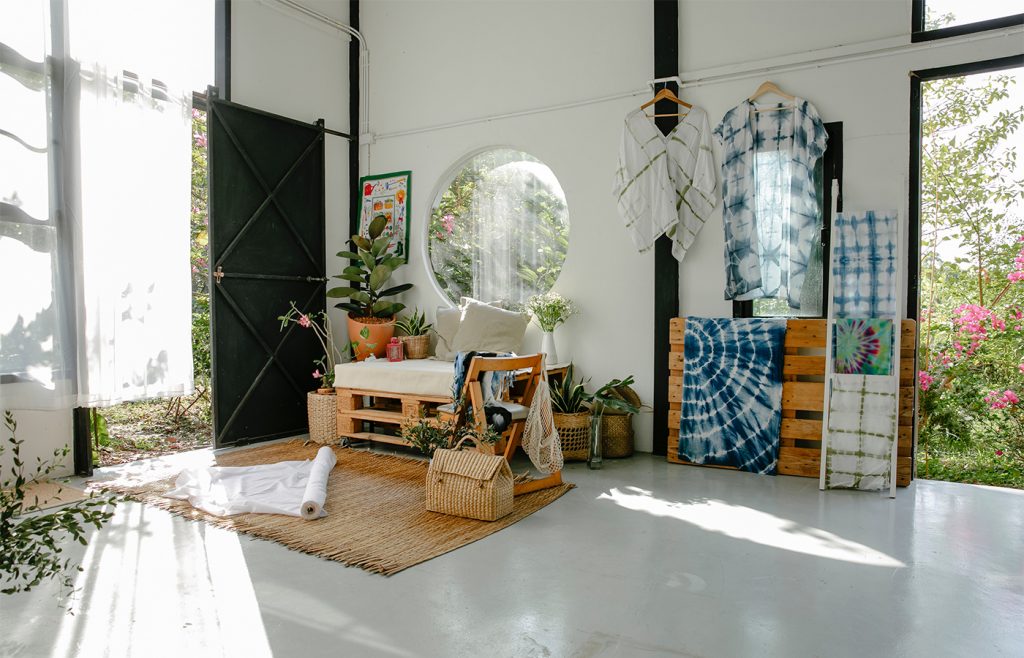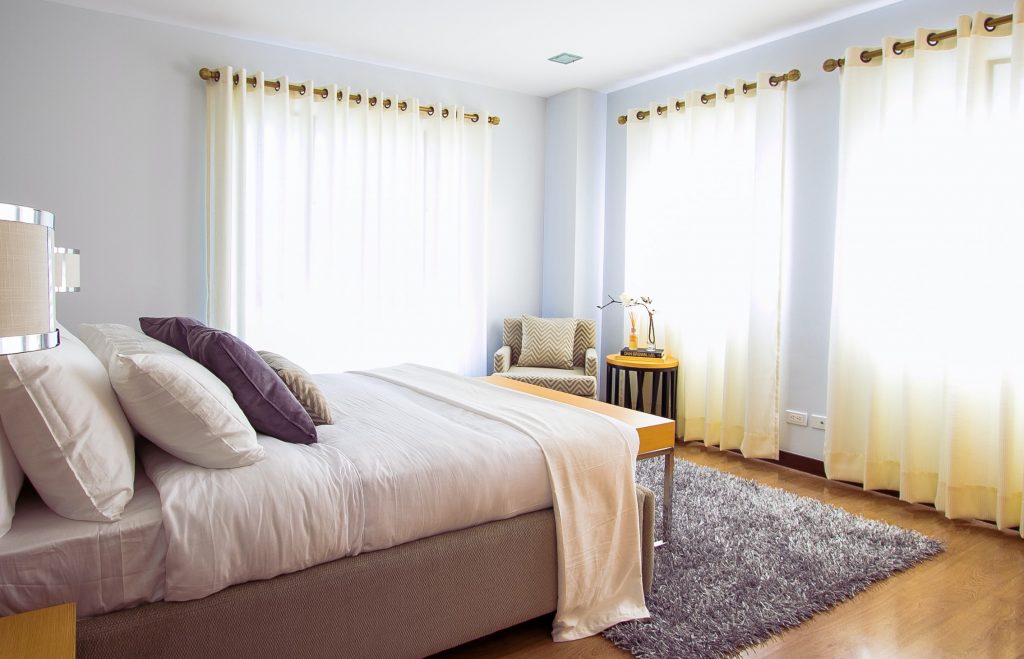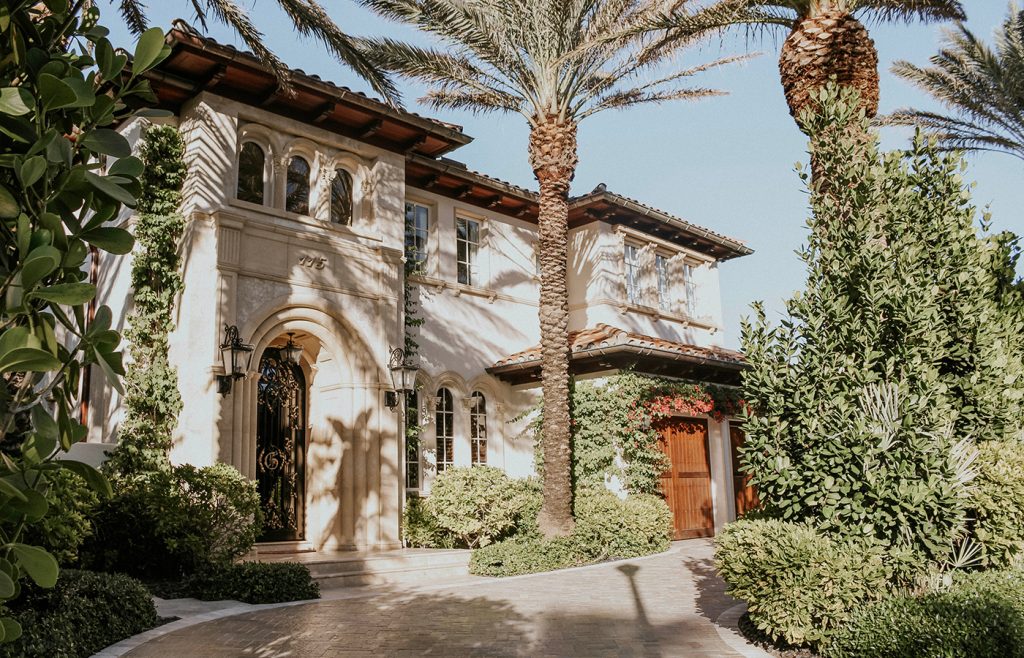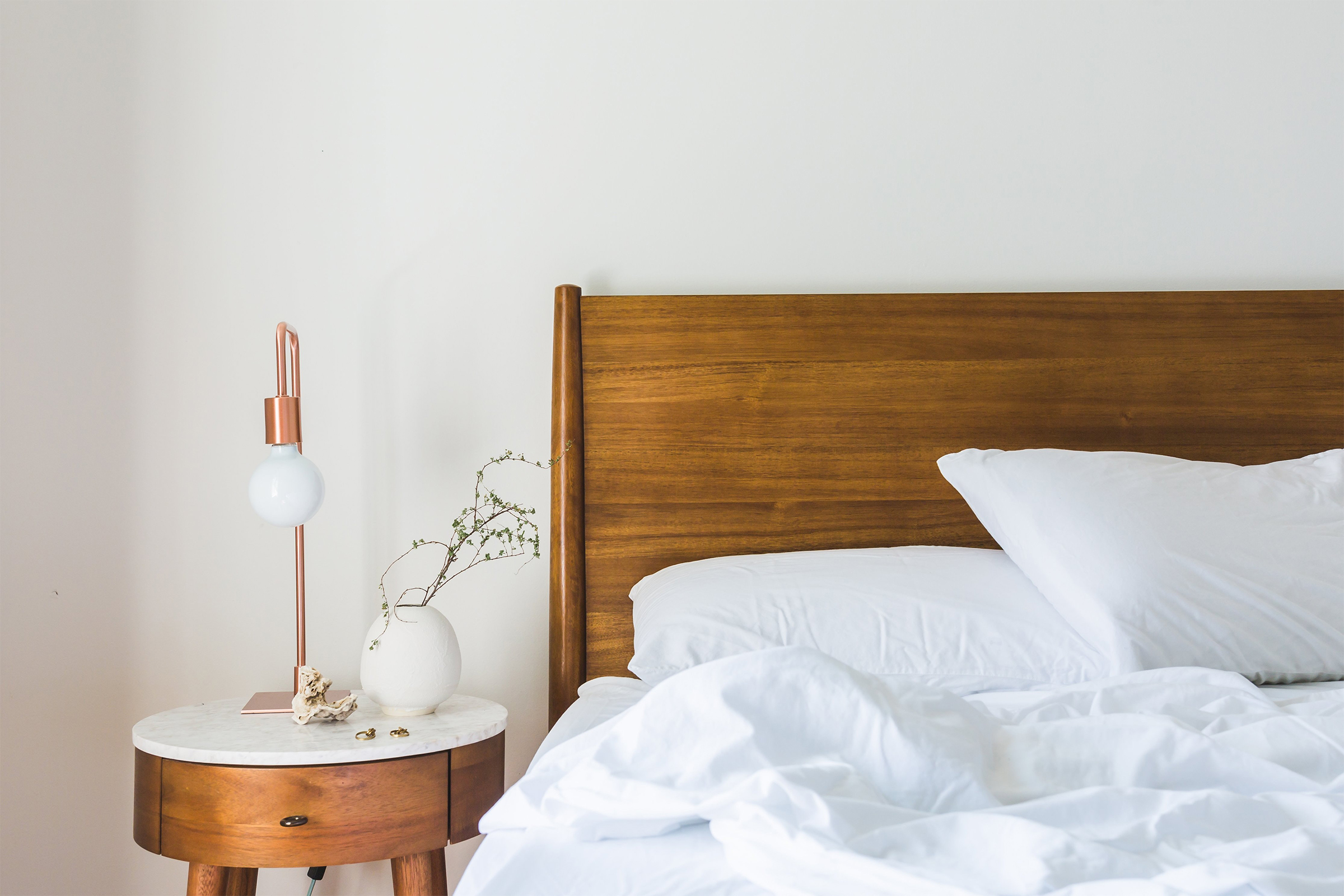Energy efficient Interior design is a very important aspect of sustainable spaces. Energy usage is one of the biggest contributors to environmental harm. The burning of fossil fuels to produce energy releases harmful pollutants and causes global warming. Architects and Engineers can ensure energy efficiency in various ways; this includes providing renewable energy sources to the building. However, a lot of the energy efficiency depends on the Interior design of a building.
Contrary to popular belief, Interior design isn’t just about making a space aesthetically pleasing. It is also about making a space more functional and efficient. Basic interior choices like drapes, carpets, wall colours and appliances can make or break the energy efficiency of a home.
The following points are steps that Interior designers and homeowners can take to improve the energy efficiency of their projects and homes.
Utilise Natural Lighting
Sunlight is a powerful natural resource that can be utilised to minimise the need for artificial lighting during the day. This can be done through the installation of big windows and skylights. However, sometimes natural light can be too much, and heat the interior excessively. To avoid this, films and sheer curtains can be installed in the windows. This is a good way to utilise natural light as well as block the harmful UV rays.

LED and Smart appliances
Unfortunately, the sun does not provide light all the time, therefore sustainable options of artificial lighting need to be considered. LED lights are a great option as they are long-lasting and require less electricity. Installing green gadgets and smart appliances reduces energy consumption. Therefore, it is more economical for the building’s occupants. These gadgets include smart thermostats, LED lighting, energy management systems, etc. Green gadgets include lighting and heating devices that automatically turn on and off based on sensors.
Insulation
Adding and improving the insulation of a space is one of the most effective energy saving techniques. Better insulation ensures that the hot or cool air doesn’t escape quickly. What is better for a space depends on the climate of its location. To have a thermally stable place, walls, ceilings and even floors can be insulated.
It is important and tricky to choose the right insulation material, as some materials are more suited to certain types of homes than others. Architects and contractors can help determine the right kind of insulation material for a space. Sustainable insulation materials include sheep’s wool, Earth wool, Thermal fleece, Warmcel, etc. These are fully recyclable and disposable at the end of their use.
Colour Choices
Lighter colours reflect light and darker colours absorb it. Therefore, the colours used in a room can make it feel cooler or warmer naturally. Making the ceilings and walls lighter can make a space look bigger and cooler and reduce the energy required for lighting. Applying darker or warmer colours like red and orange can make a space feel warmer. These colours will also absorb more light and trap heat.
Drapes
Adding beautiful drapes, curtains and blinds can be a great interior decor option. The curtains and blinds can be used to block excessive sunlight as well as let it in, depending on the need. These drapes can also increase the heat absorption of your home. Therefore, the use of drapes can decrease the energy needed for lighting, heating, as well as cooling.

Flooring
Flooring choices and the use of rugs and carpets can greatly impact the energy efficiency of a home. Apart from making a space cozy, carpets can also absorb heat and maintain the warmth of a space. Natural stone floors without carpets can make a place look and feel colder. Rugs can also be added and removed to suit the changing weather of a place throughout the year.
Ceiling Fans
At times, ceiling fans can be used to cool a room instead of a cooling system, which requires a lot more electricity. Fans that can move in both clockwise and anticlockwise direction are very efficient. During summers, the ceiling fan can rotate in an anticlockwise direction to create a downward draft. The ceiling fan can move in a clockwise direction to circulate warm air from the ceiling during the winter months.

Cool Roof
A cool roof can be made using any reflective materials such as tiles, shingles and paint. Cool roofs are an essential part of an energy efficient home. They reflect the sunlight and prevent the roof from direct heating. This reduces the amount of energy needed for cooling a room.
Tankless Water Heater
Hot water is a daily requirement in homes. A tankless water heater only heats the water when it is turned on. This reduces the energy used by traditional water heaters, which keep heating the water continuously.
Plants and Trees
Plants and trees are great decorative elements that also provide oxygen. However, strategically planting trees can also provide shade to the house and keep it cool. The trees that shed their leaves during the winter, don’t block sunlight in the colder days. Therefore, plants and trees can save energy required for cooling as well as heating.

Energy efficient Interior design can have a great impact during the planning stage of a space. However, it is never too late to transform a building into a more energy efficient version of itself.
There are many benefits of having an energy efficient home. It is not only better for the environment, but also the health of the people living there. There is a feel-good factor attached to the fact that your home is environment-friendly and sustainable. Opting for an energy efficient home is also better for the pocket, as it significantly reduces the cost of energy bills and materials.





